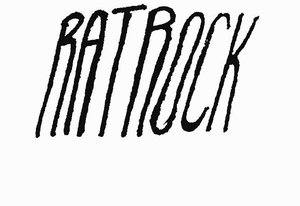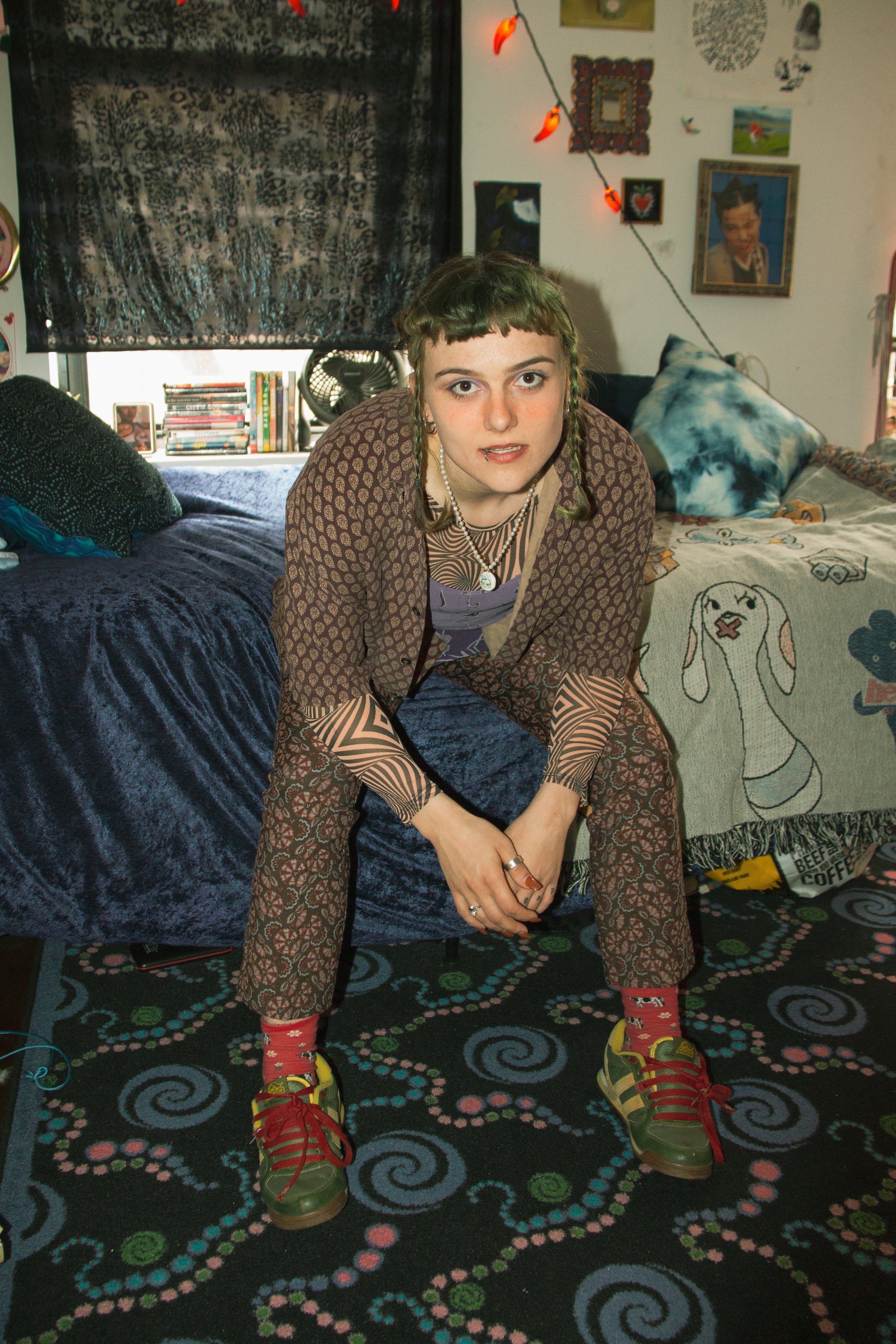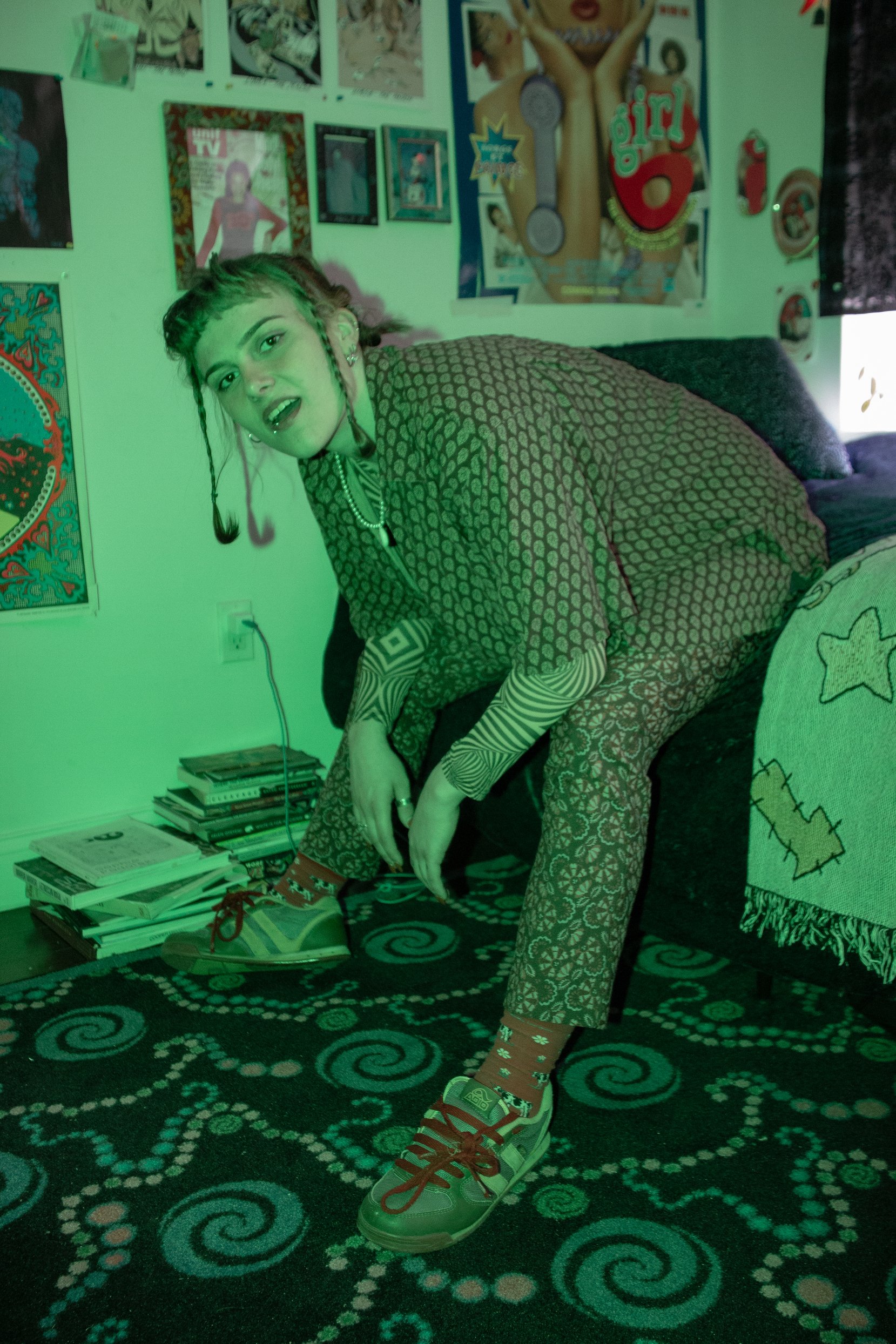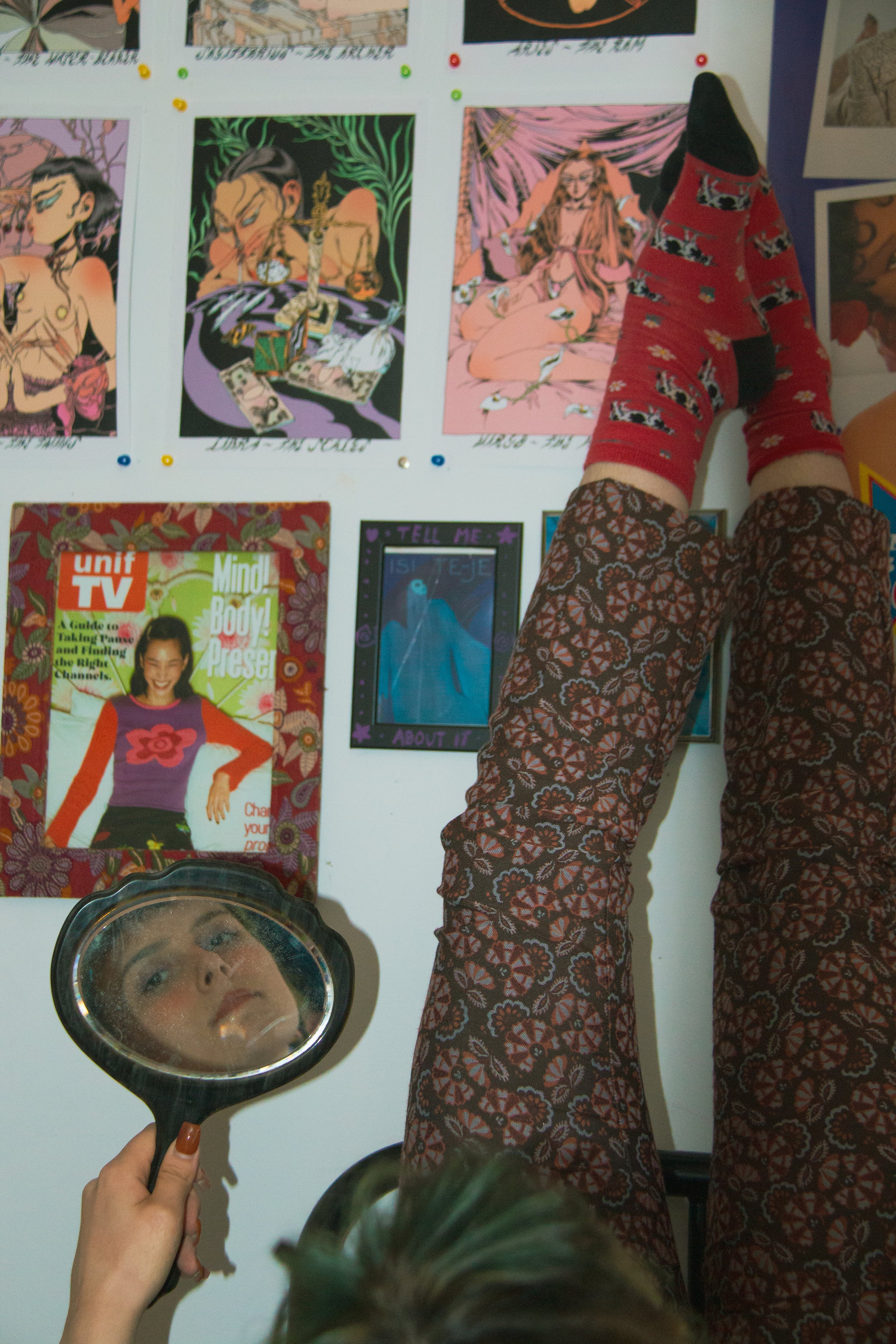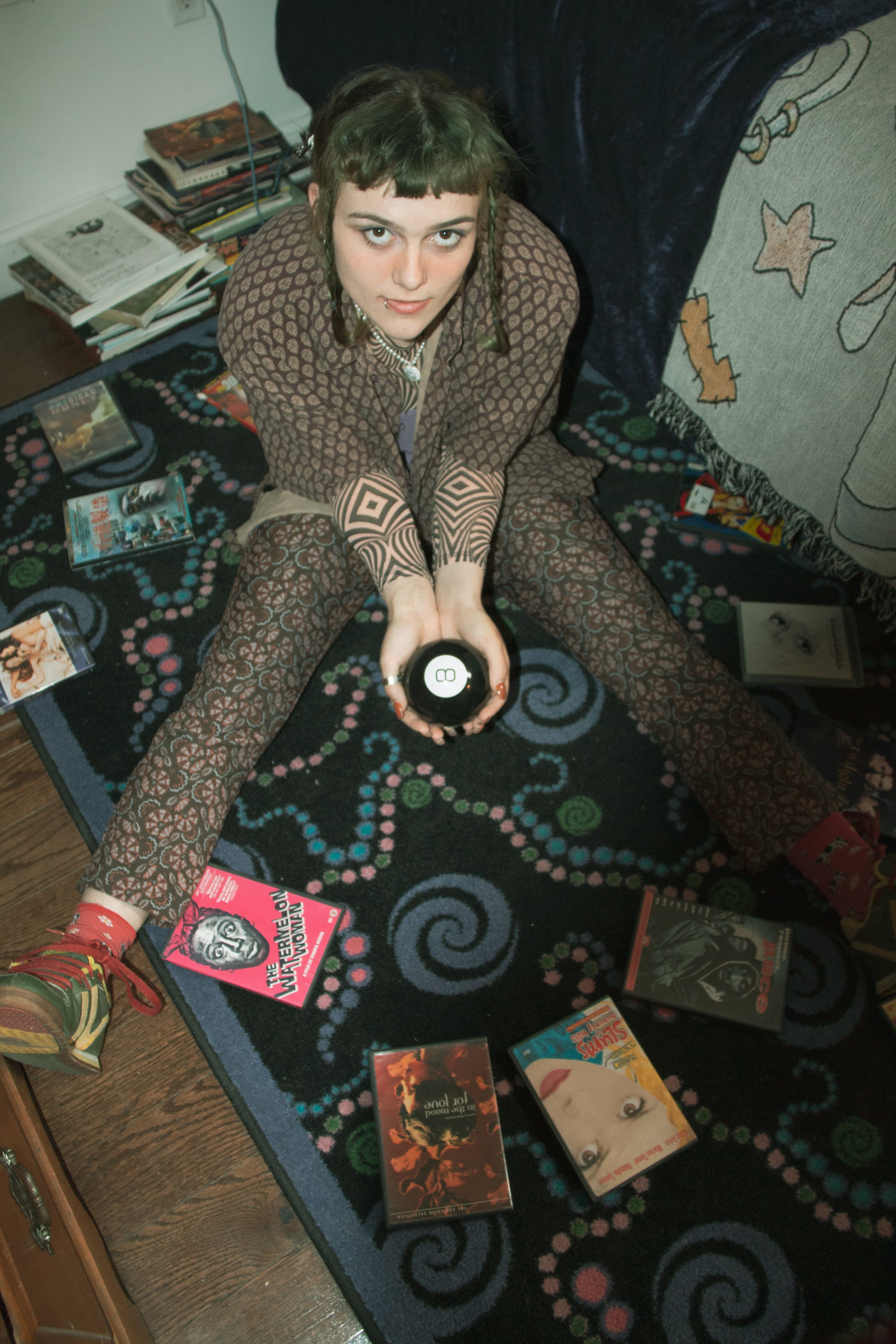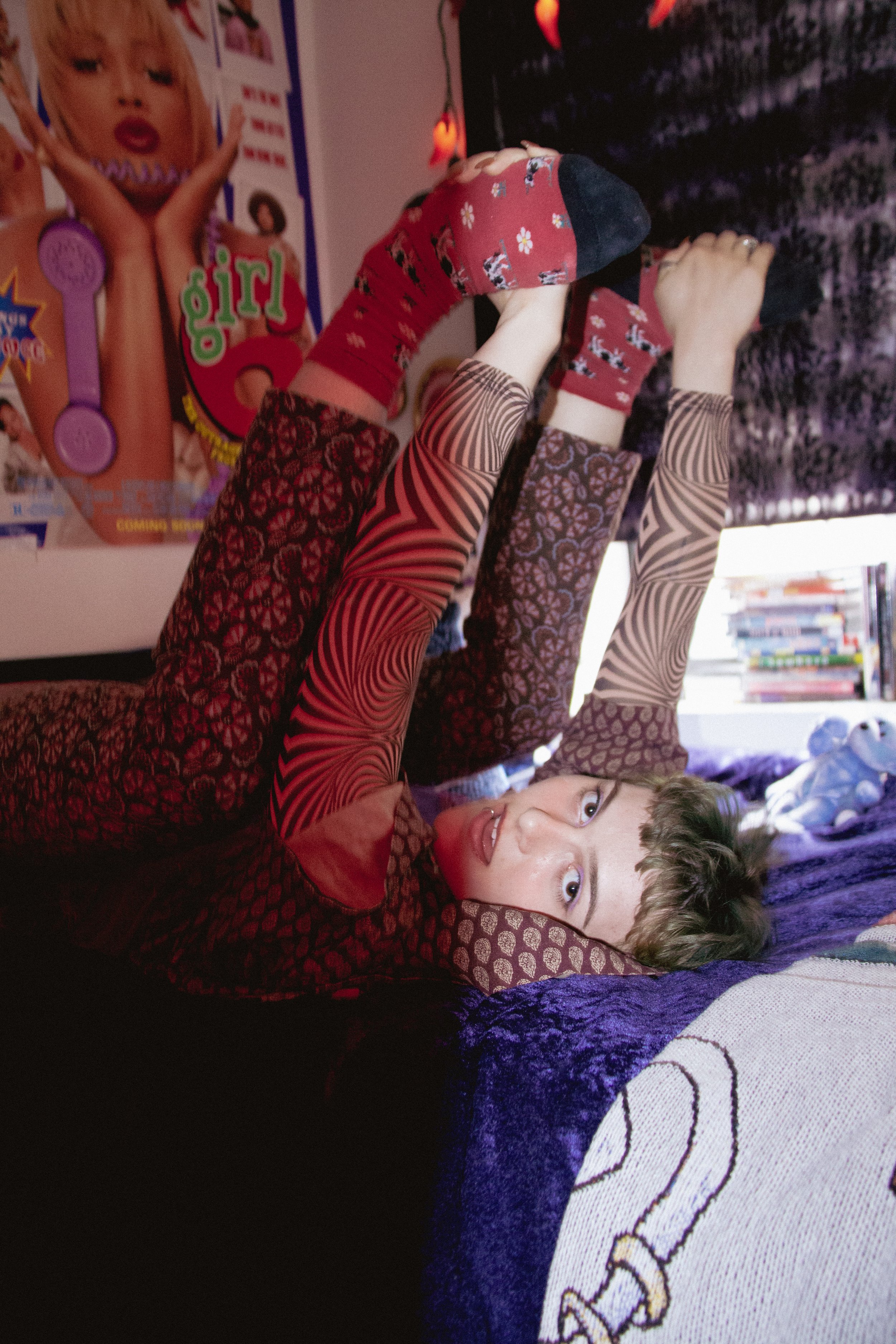Feature by Alex Avgust
Photos by Caroline Cavalier
Sophie Paquette is a filmmaker, writer and student artist in residence at the Barnard movement lab. Her work explores the themes of embodiment, chance and fortune through its playful aesthetics and depictions of radical intimacy.
I met student filmmaker Sophie Paquette after her weekly roller-skate session in Riverside Park. As we looked for a bench––ultimately settling for the one featured in her short film: runaway––she told me she began her creative journey as a writer. The transition of her work into video format was a conscious choice, a way of rendering her process more physical: “I think I got a little antsy doing just page-based stuff. A lot of my writing was body focused, dealing with space and shape. My work was about bodily experiences, so I felt like the body needed to be physically engaged in the process of making it as well. With film, you can get your hands on a camera, you can move actual bodies in space.”
Runaway
As Sophie’s work developed, the themes it explored became deeply connected with the format it was presented in: for her, content, form and process all overlap, they are all a part of the same story. Her thematic interest shifted from dealing with themes of physicality to exploring ritual, chance and intuition—all of which she finds to be intimately connected with the way the medium of film connects with its audience. “The way we view film is very intuitive. It comes from this understanding of what it means to see things in sequence, what it means to connect a sound to an image to an amount of time.”
While her work has a naturalistic, quotidian aesthetic, its playfully whimsical nature makes it difficult to place within the realms of reality. “All of my work exists in this weird space. I want there to be a sense of naturalism without it being necessarily realistic. There is a weird amount of coincidence and chance. That’s what I find exciting about film, finding these strange moments of fortune or chance that usually get overshadowed in real life. It’s this little magical spark.” For Sophie, a sense of magic is inherent to the multi-modal nature of film: the various elements of production come together to capture a specific moment in time in a way that cannot be replicated: “Even if I am making something realistic and narrative I still want it to have that charm of intuition and chance.”
Out of Order
While she is comfortable with the idea of suspended reality in her work, Sophie greatly values emotional authenticity. She wants her work to feel impactful, coming from a place of real emotional experience. She doesn’t mind her work being interpreted as autobiographical, considering this just another component of presenting work to an audience: “It’s kind of funny. I performed the reading of this poem in high-school, the poem was from the perspective of a mother and one of my teachers came up to me after to ask me if I had a child. I think people want to find autobiographical meaning to performance. And that honestly doesn’t bother me.” Even if a piece isn’t explicitly about her experience, Sophie still feels like she leaves her own stamp on it through the process of making. “I do think it’s about me because I was there the whole time it was being made,” she explains. Sophie finds that her experience and her environment deeply influence her as a maker: by making the work herself, she necessarily leaves her it with own touch, regardless of subject matter.
Look How I Like
Still, Sophie prefers to maintain an ambivalence in her work, and allow her audience to connect with it on their own terms: “A lot of autobiography just comes through. Writing creative fiction has kind of primed me for writing about myself.. I hope to make stuff that’s specific to me, but also has an amount of ambiguity so people can access it in their own way. ” She does not wish to limit the interpretive capacity of her viewers. While we can see her work as telling her own story, we can also find ourselves in it and discover our own meaning. As in all other realms of her work, Sophie likes to play with the degree to which her work is personal. “There is freedom in playing with what feels true to me but is not necessarily a personal experience, and how it can still occupy a character or a narrative space,” she says.
Recently, Sophie has started incorporating herself as the subject of her work. “When I was in high school, I was petrified of photos of myself. They made me feel horrible, and literally filled my body with dread and anxiety. But recently, I’ve gotten more comfortable with filming myself—part of it came from filming myself roller skating as progress documentation.” As a student artist in residence at the Barnard Movement Lab, a lot of her work started focusing on the movement of her own body and its potential for expression and exploration. She says/reflects, “I am much more confident moving in front of a camera now. Every single week, I go to the movement lab and usually end up filming myself.”
She prefers to work in an intimate setting, mostly filming her friends and choosing familiar locations. Even when working on bigger projects, Sophie still prefers to have her friends involved. “I’ve been so lucky, my friends have been so gracious with their time and talents. That’s another reason why my work is so important to me, it represents the moment I realized how appreciative I am of the amount of support I have.” She is also aesthetically drawn to low-budget video work, finding it more physical and authentic: “I like when you can feel the hand that made it. You can feel the material elements of the shooting. There is no polished non-human sheen to it. The final product has an index of its own making.” Immersing herself in the intimate environment of the work’s production as well as leaning into the physicality of the process itself, Sophie finds each of her pieces to be uniquely aesthetically marked by their own making.
Self Care
Many of her videos feature depictions of radical intimacy, explored through multifaceted and often playful lenses. “I love pee scenes in movies. That’s basically what I structured the entire out of order short film around, having someone pee while holding hands. I think it’s just so complicated, it’s not sexual but it’s still so physically intimate. It’s also this thing we all do. It surpasses romance, it’s its own exalted experience.”
She finds inspiration for her process in John Cassavetes’ work, especially the manner in which he described his approach. “He talks about shooting with friends and non-actors, a lot of his first films are blurry and break a lot of filmic conventions. I was really drawn to this idea that even if you don’t have the best gear or technical prowess, if you care enough about the story, you can make something that feels electric.” She describes the insecurity she initially felt: “I didn’t know what I was doing. I’d never done it before. I didn’t have the same gear everyone had.” Applying Cassavetes’ approach helped her not only to overcome doubt but also to see the unique opportunities only accessible in intimate, small-scale productions.
House: a Sonnet: a Palinode
Sophie imagines her work being accessed in a close-knit setting. She tells me about a video installation she recently saw at the Whitney, featuring a My Barbarian retrospective, including the materials used for and in their videos such as masks and puppets as well as a large comfortable couch for viewers to enjoy the work from. More than just being comfortable, Sophie appreciates a viewing space that pays attention to the body: “I hate having to ignore the body to receive artwork. I don’t want to stand still to look at a painting, I always want to touch something and get really close.” She also appreciates the inclusion of material artifacts, as she sees their presence as grounding the final product in the physicality of its production. She sees her work being displayed in a similar fashion, allowing people to get comfortable and interact with it for long periods of time.
Currently, Sophie is learning to do tricks in her purple roller-skates, listening to Mitski and reading Crying in H-Mart by Michelle Zauner. You can find more of Sophie’s work at: https://www.whereissophiepaquette.com
